Overview: Panicking over lost Pixel 9 photos or files? Stop using it NOW! This guide reveals original recovery methods: Google's tools, file exploring, SynciO software, and professional help. Learn how to act fast and prevent future loss.

That sinking feeling. You scroll through your Google Pixel 9 photos, only to find precious memories gone. Or you open an important document, met with an empty folder. Data loss on your sleek new Pixel 9 can strike suddenly – an accidental tap, a factory reset without backup, a mysterious glitch, or even physical damage. Before panic sets in, know this: recovery is often possible if you act quickly and methodically. This guide cuts through the confusion, offering original, practical solutions focusing specifically on the Pixel 9 environment, without relying on common third-party software you might find elsewhere. Let's get your data back.
The Critical First Step: Stop Using Your Pixel 9 Immediately!
This isn't just advice; it's the golden rule. When files are deleted or lost, the space they occupied is marked as "available," not instantly erased. New data – photos, app installs, downloads, even system caches – can overwrite this space, making recovery impossible. Put your Pixel 9 down. Don’t take more pictures, install apps, or browse heavily. If possible, enable Airplane mode to minimize background data syncing. Your next actions determine your recovery success rate.
Method 1: Rescue from the Cloud – Google Backup & Google Photos Trash (Best for Recently Deleted Files)
Your Pixel 9 is deeply integrated with Google's ecosystem, offering built-in safety nets often overlooked:
1. Check Google Photos Trash:
Open the Google Photos app. Tap "Library" > "Trash." Deleted photos and videos stay here for 30 days. Select the items you need and tap "Restore." They'll reappear in your library and Google Drive.

2. Restore from Google One Backup:
If you use Google One backup (Settings > Google > Backup), recent app data, call history, contacts, device settings, and SMS might be recoverable. You need factory reset access: Go to Settings > System > Reset options > Erase all data (factory reset). During the setup wizard after the reset, when prompted, choose "Restore from backup." Crucial: This replaces current data with the backup. Only use if your current data is less valuable than the potential backup data. It won't recover individual files like specific photos or documents lost after the last backup.
Method 2: Digging Deeper – Utilizing File Managers & Cache (For App-Specific Data & Cache Files)
Sometimes, data isn't truly "deleted" but misplaced or cached:
1. Explore Device Files App:
Open the "Files by Google" app. Tap "Browse." Check folders like "Downloads," "Documents," "Pictures," "Movies," and "Audio." Use the search icon (magnifying glass) to search for specific filenames or types (e.g., .docx, .jpg). Look in obscure folders related to the app you used (e.g., WhatsApp/Media).

2. Investigate App-Specific Recovery:
Some apps have their own trash or recovery features. For example, Google Keep has a trash folder. Solid Explorer Files might have a "Trash" section if enabled. Check the settings within the app where you lost the data.
3. Cache Caveat (Limited Potential):
While browsing, you might see "Cache" folders. App cache can sometimes hold temporary copies of recently viewed files (like images or documents), but it's highly volatile and automatically cleared. Don't rely on this, but it's worth a quick look immediately after loss. Navigate cautiously; don't delete cache hoping it helps recovery – it usually doesn't.
Method 3: Advanced Pixel Scanning – Android Data Recovery
When built-in options fail, especially for files not in the cloud trash or lost weeks ago, you need deeper scanning. This is where Syncrestore Android Data Recovery shines, designed for modern Android architectures like the Pixel 9's:
1. Download & Install (On Computer):
Download and Install android data recovery on your Windows or Mac computer. Do NOT install anything directly on your Pixel 9.
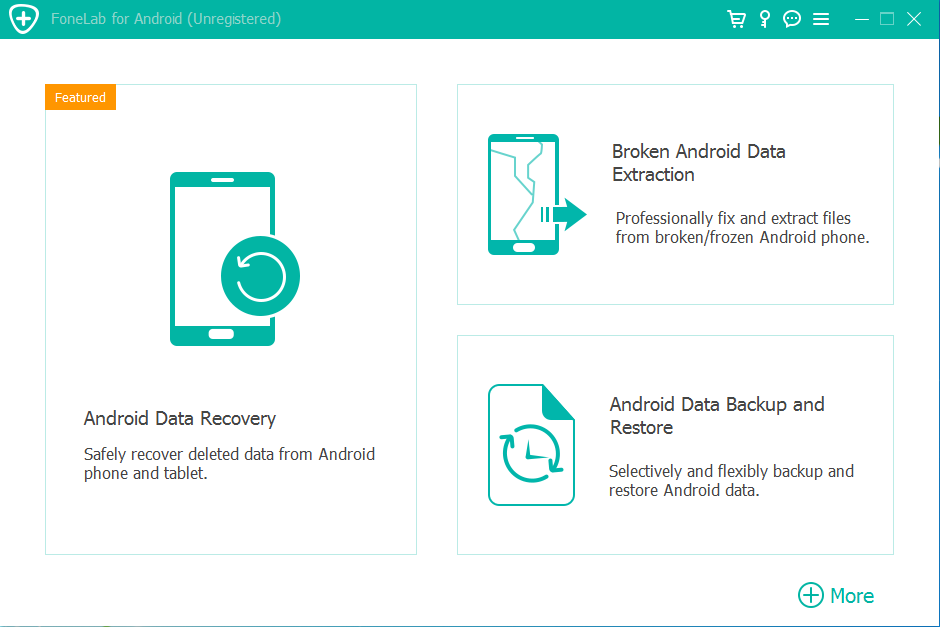
2. Connect & Enable Debugging:
Connect your Pixel 9 to the computer via USB. On your Pixel, when the "Charging this device via USB" notification appears, tap it. Change "USB controlled by" to "This device." Then, enable Developer Options (Settings > About phone > Tap "Build number" 7 times). Go back to Settings > System > Developer options > Enable "USB debugging." Confirm the prompt on your Pixel.
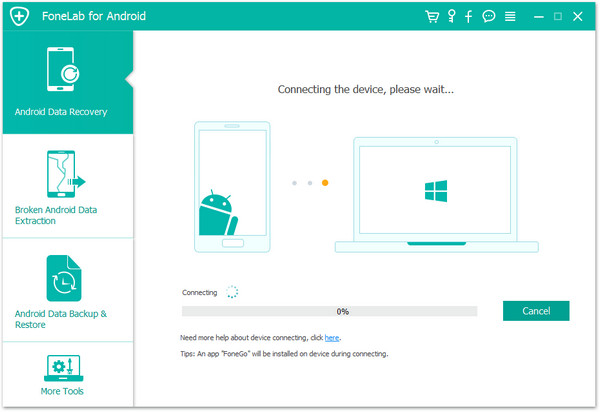
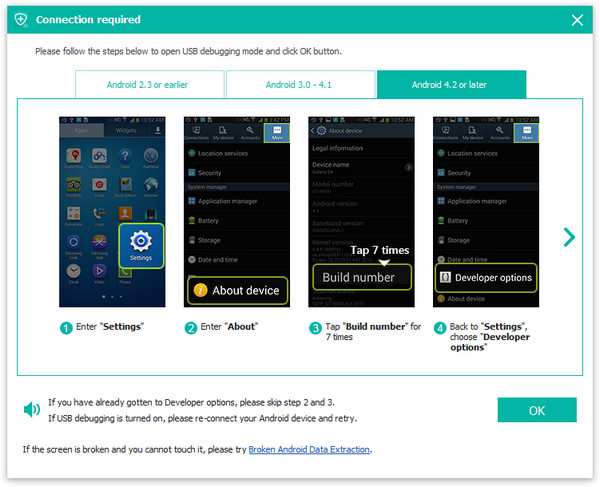
3. Scan & Preview:
Launch Android Data Recovery. It should detect your Pixel 9. Select the data types you lost (Photos, Messages, Contacts, etc.). Click "Start Scan." The software performs a deep scan. Crucially, preview found files. SynciO excels at showing recoverable items clearly before you commit.
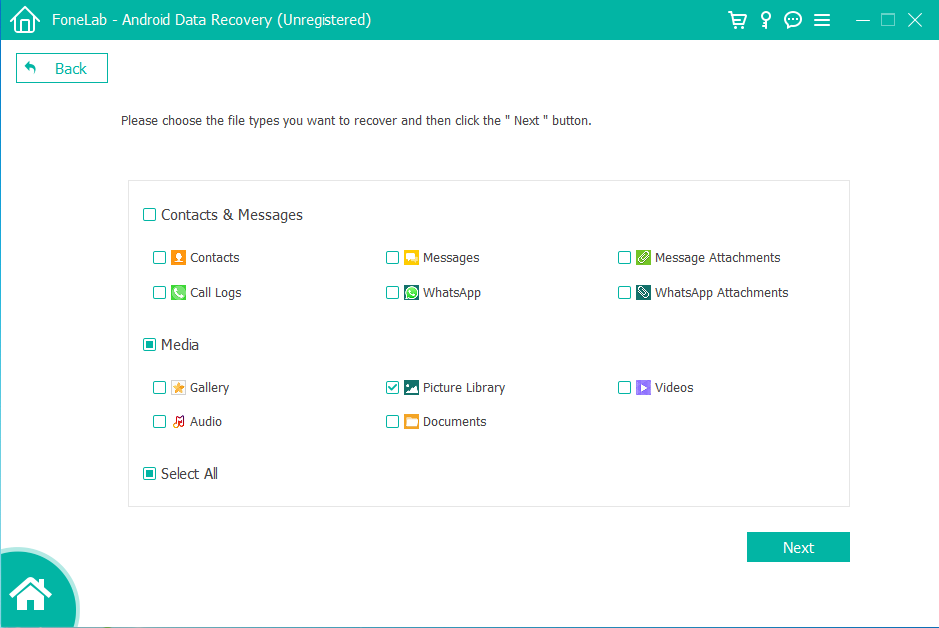
4. Recover Securely:
Select the files you want back. Click "Recover." Choose a save location on your computer, never directly back to the Pixel 9 to avoid overwriting. Syncrestore efficiently extracts found data without needing root access in many cases.
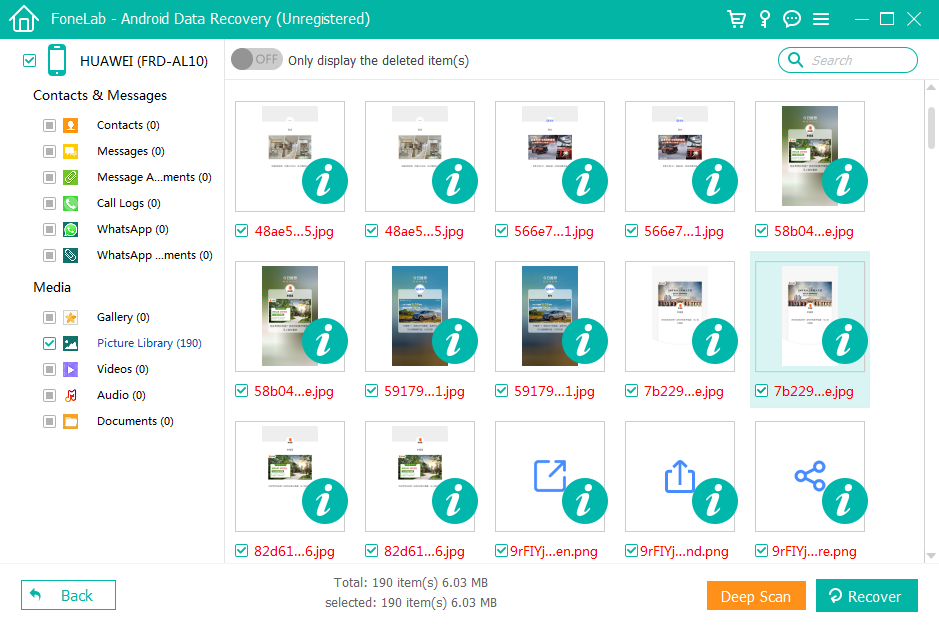
Method 4: The Last Resort – Manufacturer Support & Repair Centers (For Hardware Failure or Complex Software Issues)
If your data loss stems from physical damage (water, drops), boot loops, severe OS corruption, or if software methods yield nothing:
1. Contact Google Support:
Use the Pixel Tips app or Google's support website. Explain the data loss scenario. While they primarily focus on device repair/replacement, they might have specific diagnostic tools or advice, especially if it's a widespread software bug affecting backups. Be clear your priority is data recovery.
2. Professional Data Recovery Services:
For physical damage or complex logical failures beyond software tools, seek certified data recovery labs. This is expensive and not guaranteed. They have specialized tools and clean rooms to potentially repair drives or extract data directly from NAND chips. Research reputable companies specializing in mobile phone recovery. Important: Ask upfront about costs, success rates for Pixel devices, and privacy policies. Avoid "quick fix" shops.
Essential Prevention: Fortify Your Pixel 9 Against Future Loss
Recovery is stressful; prevention is bliss:
- Google One is Non-Negotiable: Pay for adequate storage. Ensure Backup is ON (Settings > Google > Backup > Backup by Google One). Verify what's included (Photos, Drive, Device data). Run manual backups before major updates or risky actions.
- Double-Check Google Photos Sync: Open Photos > Tap your profile pic > Photos settings > Backup & sync. Ensure it's on for the correct account and folders (like Camera, Screenshots).
- Leverage Multiple Backups: Don't rely solely on Google. Use another cloud service (Dropbox, OneDrive) for critical documents. Periodically connect to a computer and manually copy important files (Photos, Documents folders).
- Think Before You Delete: Enable confirmation dialogs in apps where possible. Use the "Archive" feature in Photos/Gmail instead of immediate deletion.
- Update Wisely: Keep your Pixel 9 OS and apps updated for bug fixes, but consider delaying major OS updates for a few days unless critical security patches, allowing early bugs to surface.
Five Key Questions Answered:
Q: How long do deleted files stay recoverable on my Pixel 9?
There's no fixed time. It depends on how quickly new data overwrites the "deleted" space. Could be minutes, hours, or days. Act immediately for the best chance. Google Photos Trash offers a 30-day window.
Q: Can I recover data after a factory reset without a backup?
It's very difficult but sometimes possible with specialized software like SynciO, if you haven't used the phone much since the reset. The more the phone is used post-reset, the lower the chance. A Google One backup is the reliable way.
Q: Does rooting my Pixel 9 help with data recovery?
Rooting can potentially allow deeper scanning by some software tools, but it's generally not recommended for recovery. The process itself is complex, voids warranty, carries significant security risks, and can potentially cause more data loss or corruption if done incorrectly during a crisis. Modern tools like SynciO are often effective without root.
Q: I lost WhatsApp messages/photos. Can these methods get them back?
WhatsApp has its own backup system (to Google Drive). If backups were enabled, uninstalling and reinstalling WhatsApp prompts a restore. If backups were off, check WhatsApp's internal "Chat backup" in its settings (Settings > Chats > Chat backup) or the app's Media folders (WhatsApp/Media) via a file manager or SynciO. Local WhatsApp backups might exist on device storage.
Q: My Pixel 9 won't turn on/boot. Can I still recover data?
Software solutions require the phone to be detectable by a computer (even in recovery mode). If it's completely dead (no charging response, no recovery/fastboot mode), your only option is professional data recovery services specializing in hardware repair for mobile devices. This is costly.
Conclusion
Losing data on your Google Pixel 9 is distressing, but recovery is frequently achievable. Act fast: Stop using the phone immediately. First, leverage Google's built-in lifelines: scour the Google Photos Trash and consider a Google One Backup restore if viable and appropriate. Explore your Files app and check individual apps' recovery features. For deeper scans of unbacked, deleted files, tools like SynciO Android Data Recovery offer a powerful, user-friendly solution directly from your computer. In cases of hardware failure, professional services are the final, expensive option. Protect yourself proactively: rigorously use Google One backups, verify sync settings, and employ multiple backup strategies. Stay calm, follow the steps methodically, and significantly increase your chances of rescuing those precious Pixel files.





